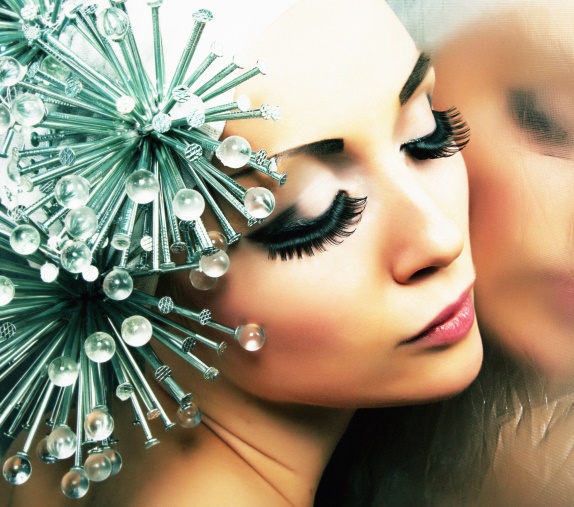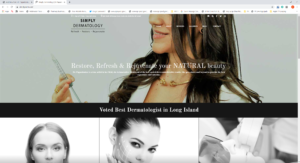
By Dr. Papantoniou
We all know how popular eyelash extensions are today, this trend has been building in popularity over the past 1-2 years. With more salons and spas offering the laborious beauty treatment, false lashes are glued to individual hairs and can take upwards of an hour to do and can cost over $150 to do. The end result is luxuriously rich, full and “natural” looking lashes. Who needs mascara when you can have lash extensions? As enticing as this all may seem there are 3 things you should know about lash extensions before you get pulled into this expensive routine.
- There is potential for you to actively thin out your own natural lashes after long term use of lash extensions. Just as eyebrows can become permanently sparse from repetitive plucking, so can the use of adhesive lashes. The lashes can get weighted down by the glue and pull on the growing hair follicle, this can overtime lead to thinning and loss of hairs on the eyelids. Having eyelash extensions periodically for special occasions should be safe, however keeping this up as a routine maintenance for the long-term may lead to trouble for some people.
- This happens to many women because when you are getting adhesive extensions there may be some loss of your own eyelashes in addition to when the false lashes come off. This can force you into a pattern of actually needing to have lashes applied again and again to compensate for the thinned lashes, and this can occur so gradually as so that you yourself do not even realize what has happened.
- I have seen a handful of patients that had developed allergic sensitivity to the adhesive for the lashes. This was difficult for the patients to accept because they had become so accustomed and dependent on their lash extensions they could not be convinced to stop having them applied so the skin condition could resolve. If you develop upper eyelid dermatitis it could very well be from the lash extensions.
So, I have been not very supportive of lash extensions, and you may be wondering why I am being such a party pooper. Well, don’t get all upset just yet, there are plenty of natural and prescriptive alternatives that end up being much cheaper and can actually help your lashes to grow, promoting longer and fuller lashes. Latisse has been around for a long time and safely does just that, and is less expensive than having eyelashes artificially applied. For a natural alternative there are those who swear by pure castor oil, it has been shown to help promote hair growth. Another natural source for hair growth is Rosemary oil, which has been shown to work as effectively as minoxidil in some scientific research.
You can still pursue the full and beautiful eyelashes of your dreams. But consider the 3 points I have made about the long term use of false lash extensions. If you develop any skin concerns I suggest consulting a Dermatologist for expert evaluation and treatment.
Dr. Kally Papantoniou is a Board Certified Dermatologist, sought after for her expertise in Cosmetic Dermatology. She is highly regarded as a clinical source for many media outlets. Dr. Papantoniou specializes in a layering approach to rejuvenation to deliver the most natural results. Dr. P works in Queens and Long Island with Advanced Dermatology, PC, she also teaches at the Mount Sinai Hospital. To connect with and follow Dr. Papantoniou: www.DrPapantoniou.com @DrPapantoniou












